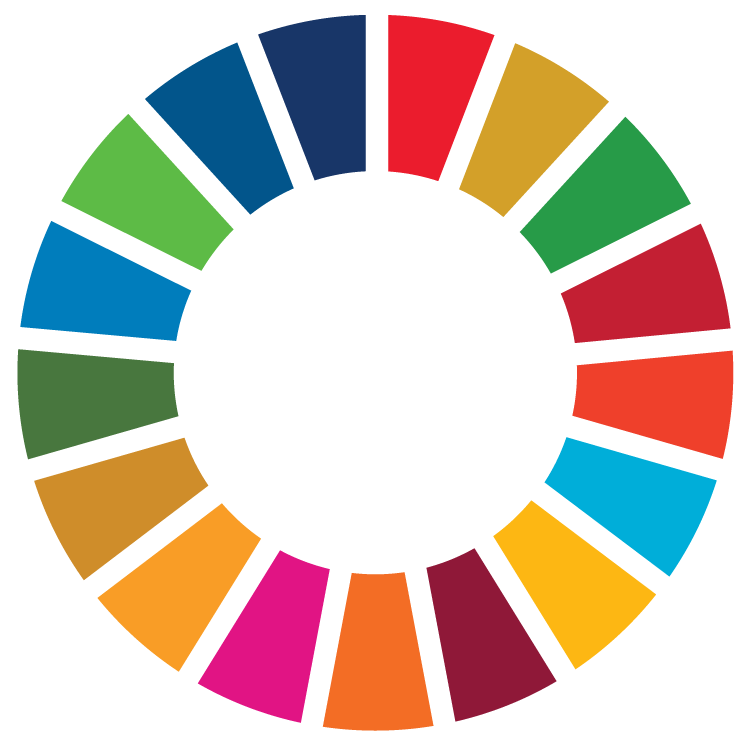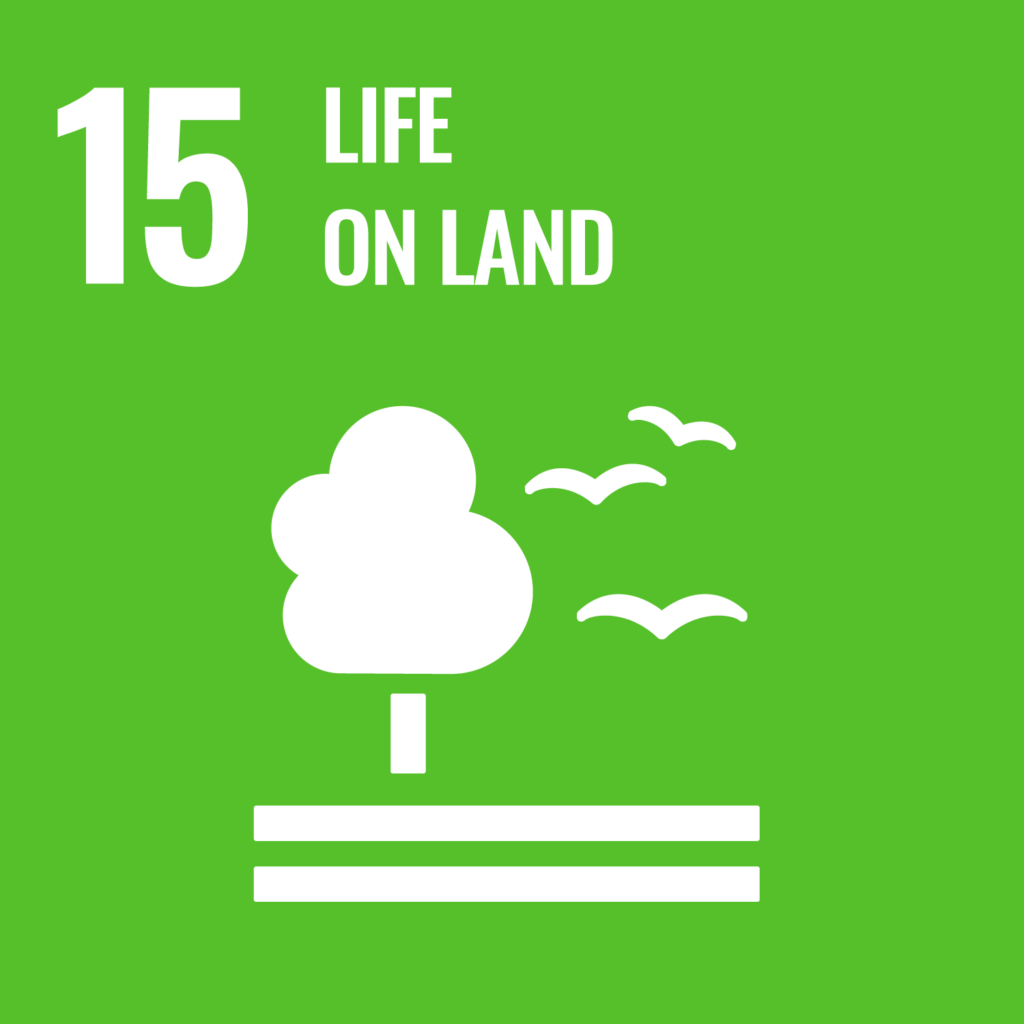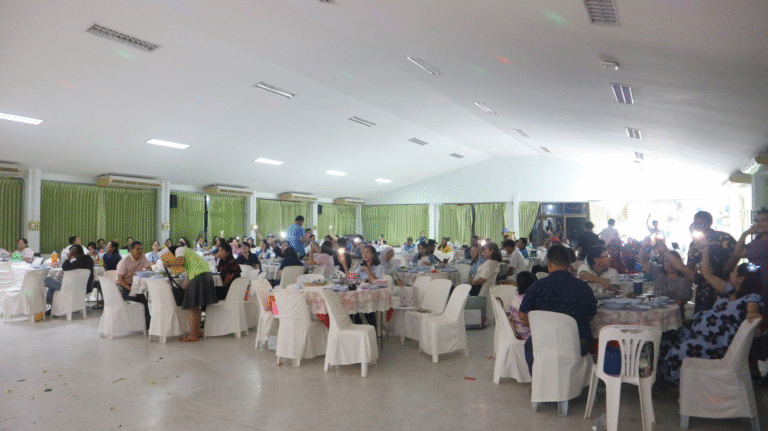Reporters:
Asst.Prof.Dr. Prapot Maliwan
Assoc.Prof.Dr. Pornsil Seephueak
Asst.Prof.Dr. Nion Chirapongsathonkul
Asst.Prof.Dr. Worawitoo Meesook
Evidence Date: during 2024 Jan-Dec
Related Indicators: 15.2.4
Details:
Faculty of Science and Technology, Rajamangala University of Technology Srivijaya (RUTS), conducted an educational activity on terrestrial biodiversity for kindergarten students at Thungsong Resort Kindergarten School. The activity was specially designed for Kindergarten Level 3 students to introduce them to the natural world through observation and discovery. Dr. Worawitoo and her team transformed the school grounds into a living classroom where children could explore different forms of life commonly found on land. The students were guided to observe small organisms such as mosses, lichens, snails, and ants. Using magnifying glasses and observation sheets, the children learned to look closely at nature, recognizing that every living organism, no matter how small, plays an important role in the ecosystem. The activity encouraged curiosity and hands-on experience, allowing students to engage with their surroundings and develop early scientific thinking skills.
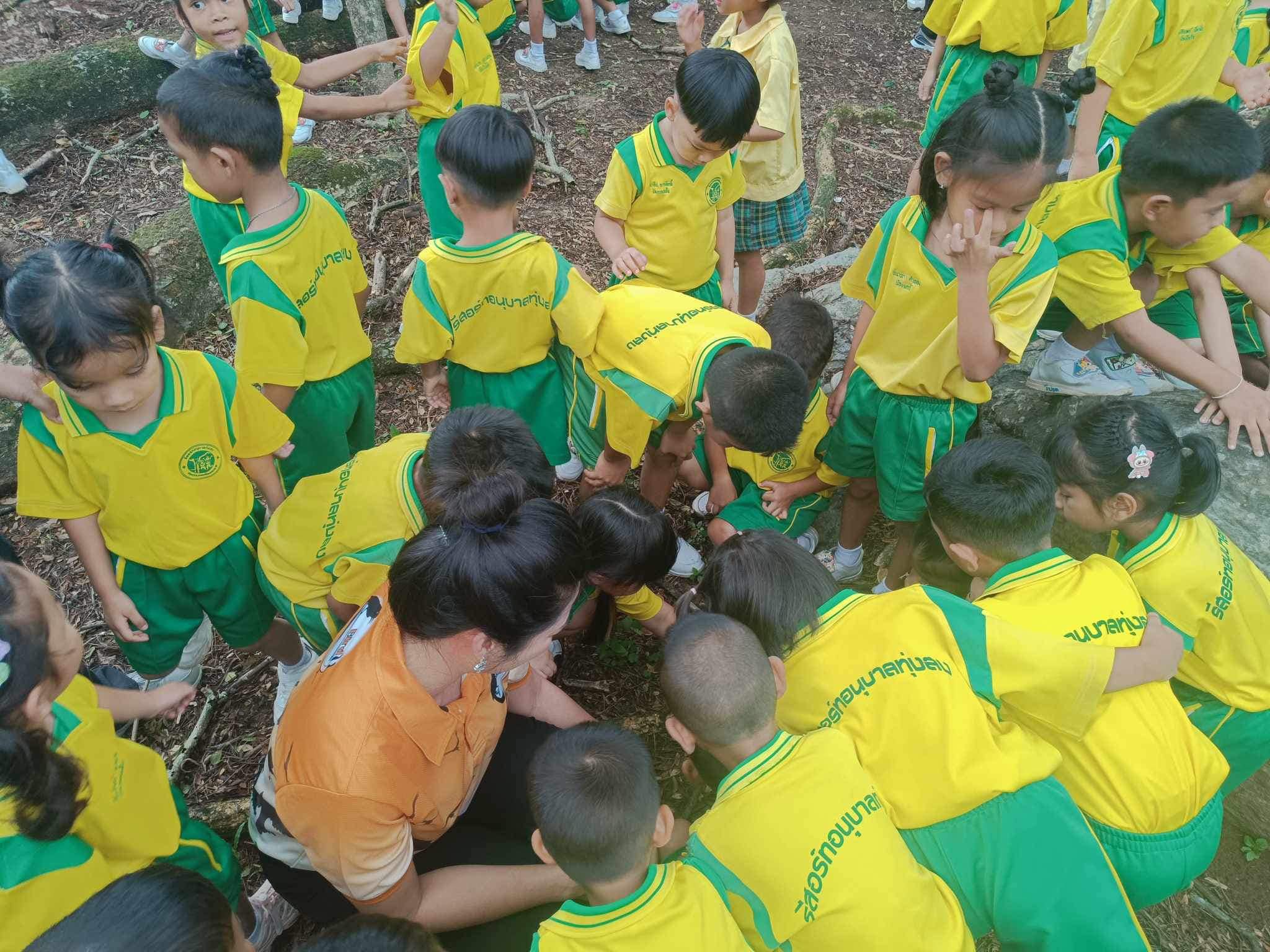
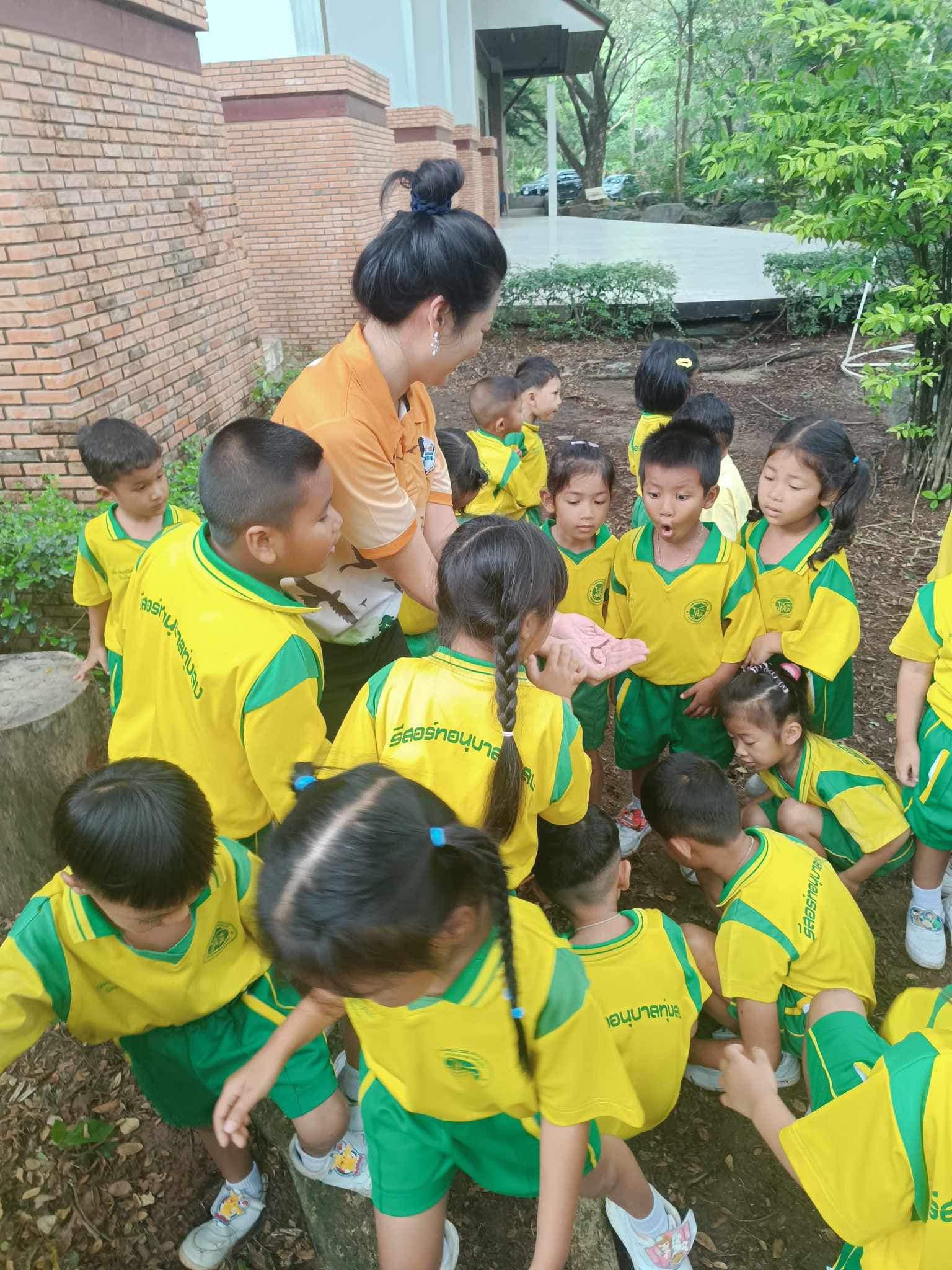
Throughout the activity, the students were introduced to the ecological functions of the organisms they found. They learned that moss and lichen help retain soil moisture, prevent erosion, and serve as indicators of clean air. Snails were discussed as part of the decomposer group, helping recycle nutrients back into the soil, while ants were highlighted as ecosystem engineers that aerate the soil and assist in seed dispersal. Dr. Worawitoo explained these concepts in a fun and simple way, using stories, games, and visual demonstrations suitable for young learners. This early exposure helped students understand that biodiversity is not only about seeing many species but also about appreciating the relationships among living things. By connecting these lessons to their everyday surroundings, the children learned that even in a small garden, nature thrives with many hidden lives contributing to the environment. The approach emphasized experiential learning—allowing children to touch, observe, and question, which are key elements of environmental education.
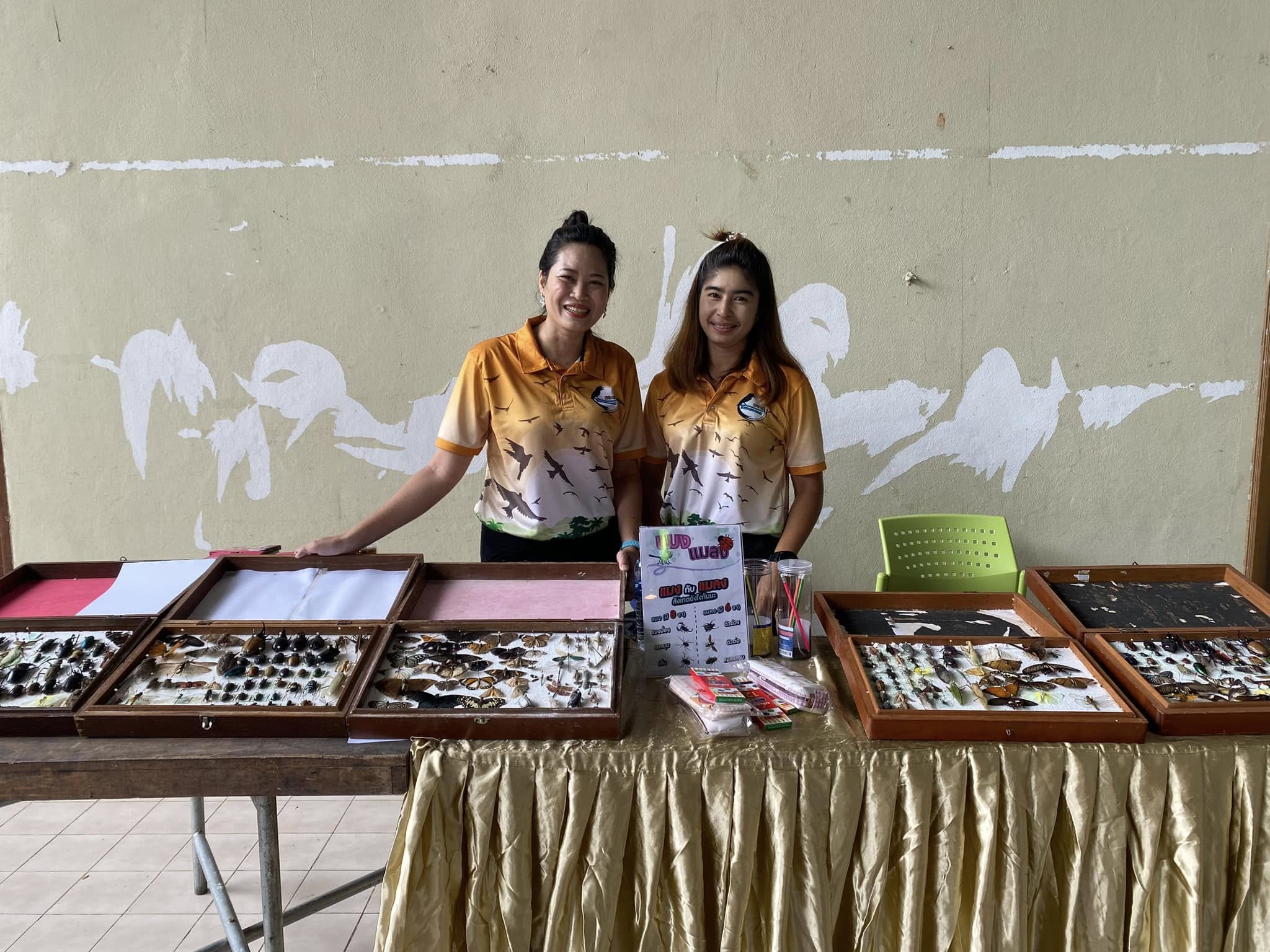
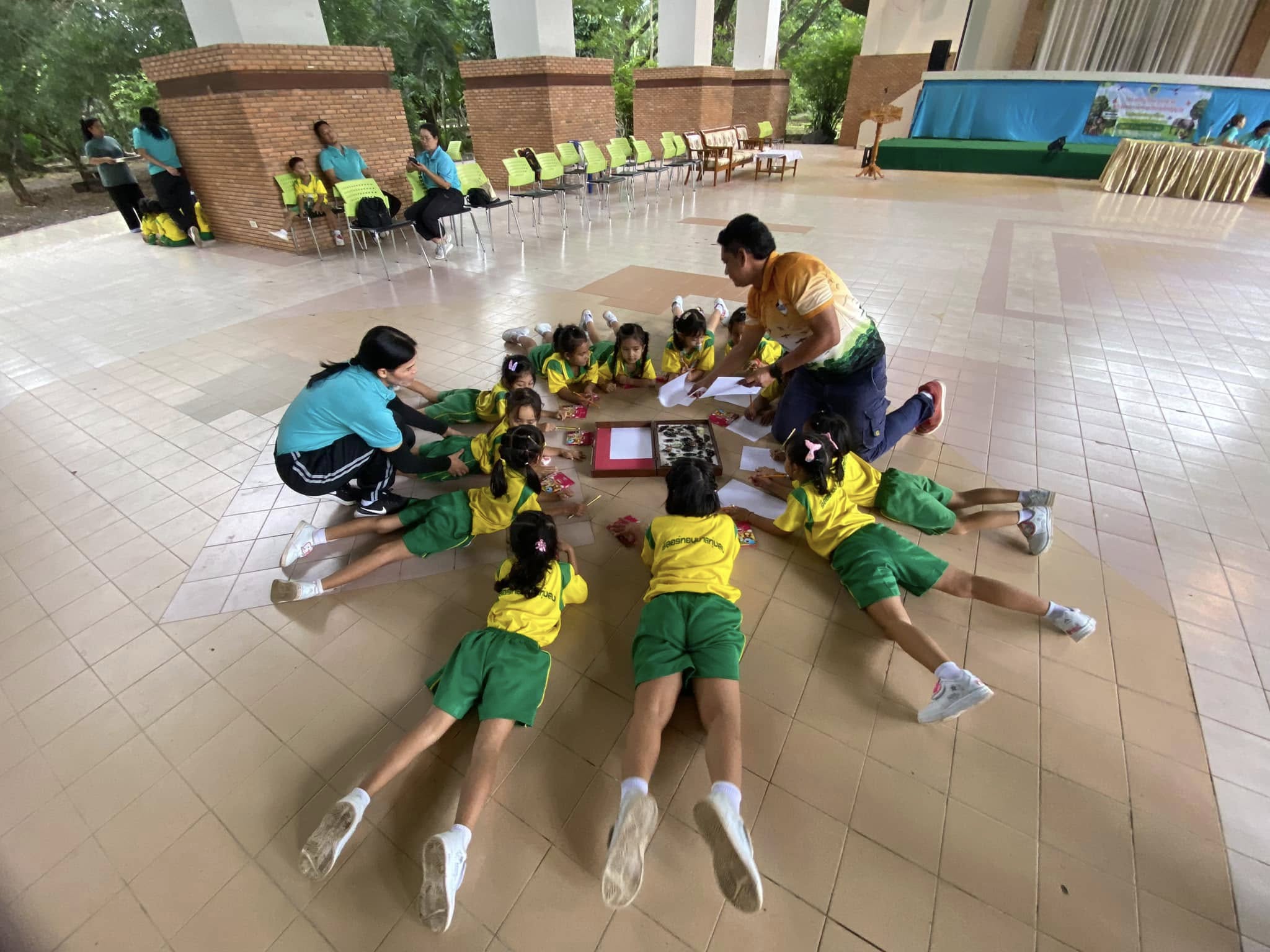
After the survey, the students gathered to discuss what they had seen and what they could do to protect nature. Many shared their thoughts on how to care for living things, such as avoiding littering, watering plants, and not stepping on small creatures. These reflections demonstrated that even very young children can develop empathy and responsibility toward the environment when guided appropriately. Dr. Worawitoo encouraged the students to share what they learned with their families, extending awareness from the classroom to the home. The session concluded with a short discussion about sustainable conservation, emphasizing that protecting nature begins with simple actions taken every day. Teachers from Thungsong Resort Kindergarten School also participated, learning new ways to integrate biodiversity education into early childhood lessons. The collaboration between RUTS and the school reflected the university’s mission to promote community-based education for sustainability. By fostering environmental awareness at a young age, this program helps nurture future generations who respect and care for the natural world. The activity not only inspired children to appreciate the beauty of life around them but also strengthened the foundation for lifelong learning about biodiversity and conservation.
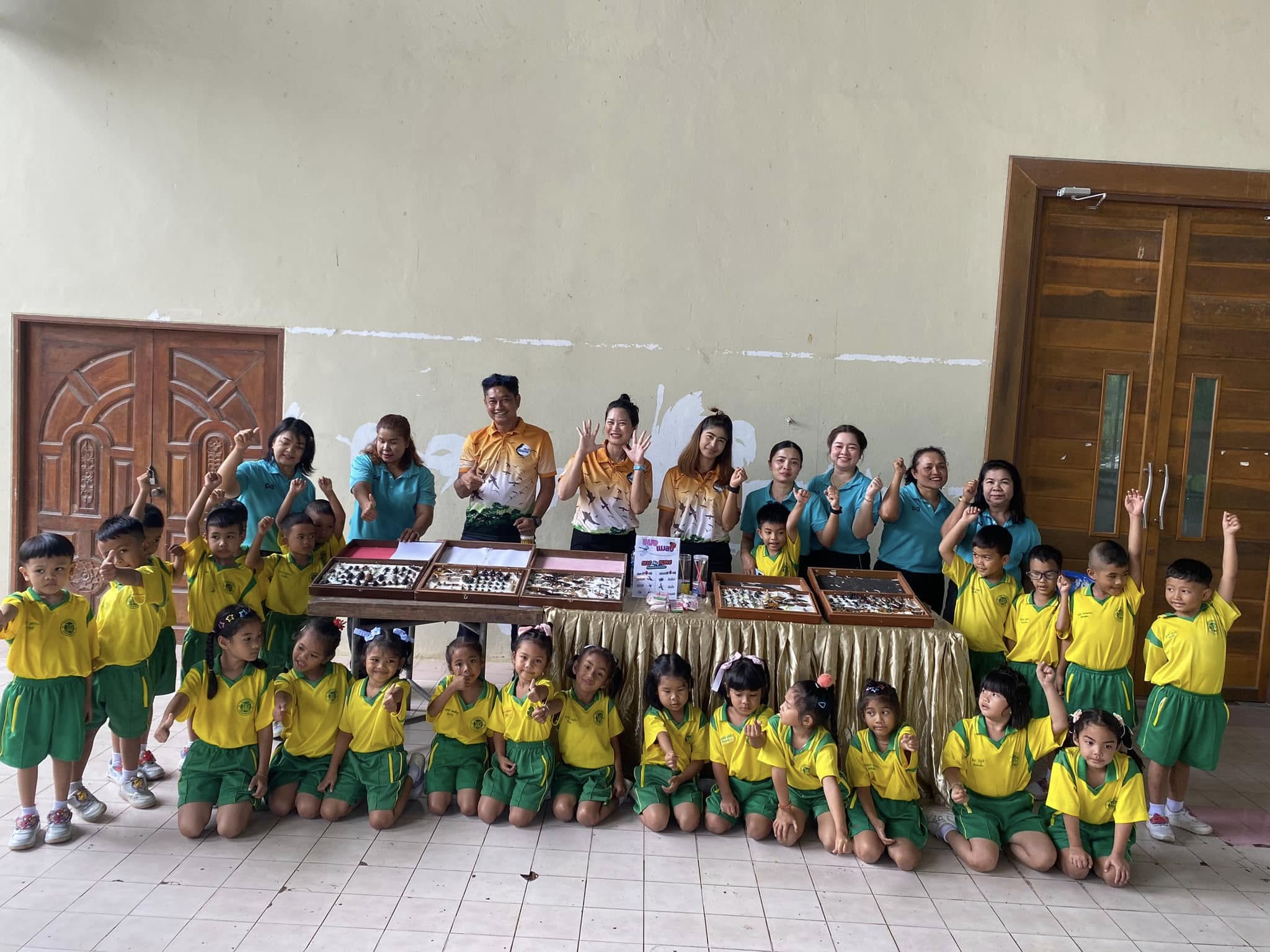
Related Links:
